Art Movements: History, Types, List of Art Movements
Hello students, In this article, we will be covering the different Art movements holding significance to NID-DAT examinations and other DAT examinations conducted by various design institutions, both public and private. This section has frequently been asked under the general awareness section of the examination for questions from different art movements. Read the complete article to know more about different art movements and art movements timelines. The Art Movements here are classified as Indian Art Movement and Western Art movements asked frequently.
This Story also Contains
- Major Indian Art Movements
- Important Western Art Movements
- Art Movements in India vs Western Art Movements
- Influence on Modern Design
- Conclusion
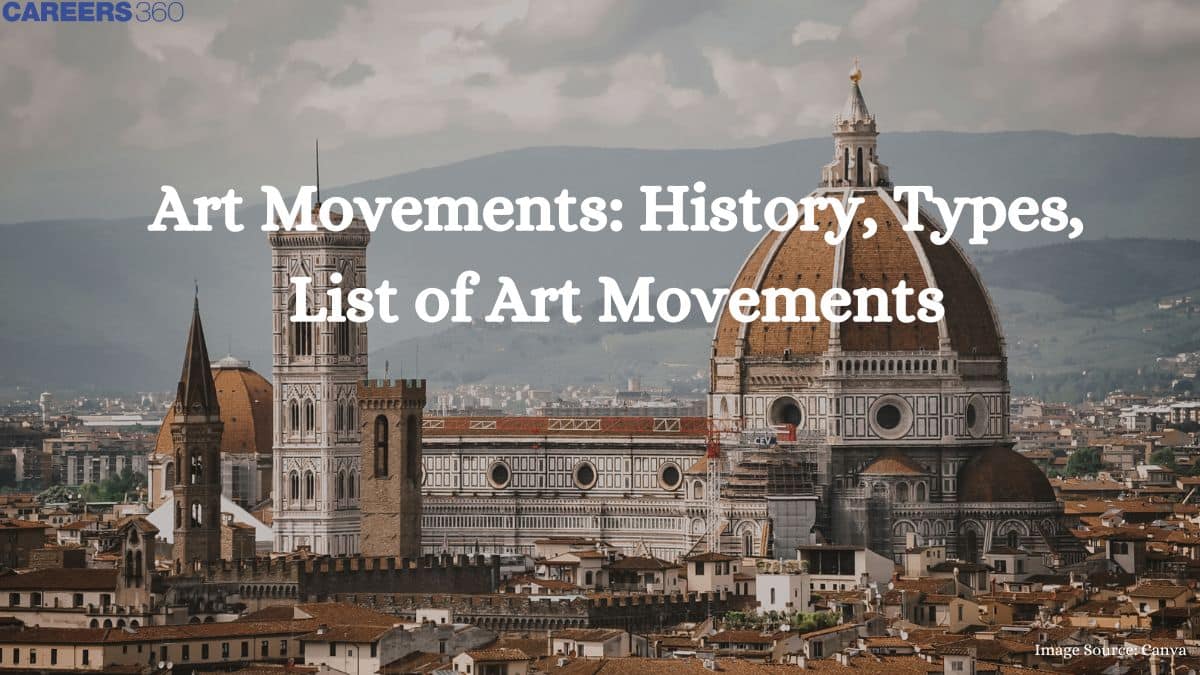
Major Indian Art Movements
1. Ancient and Medieval Traditions (Pre-19th Century)
Ancient and Medieval Indian art (pre-19th century) is a vast tapestry reflecting the subcontinent’s diverse dynasties, faiths, and regional cultures. It begins with the Indus Valley Civilization (c. 3300–1300 BCE), renowned for its terracotta figurines, seals, and sophisticated urban planning. Moving forward, Buddhist art flourished under royal patronage (from the Mauryan period onward), producing iconic stupas (e.g., Sanchi) and narrative cave murals (Ajanta, Ellora). These works often depicted the life of the Buddha, Jataka stories, and symbolic motifs like the lotus and wheel.
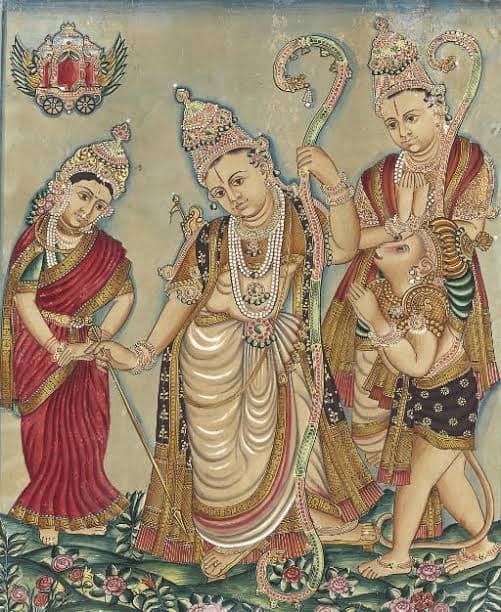
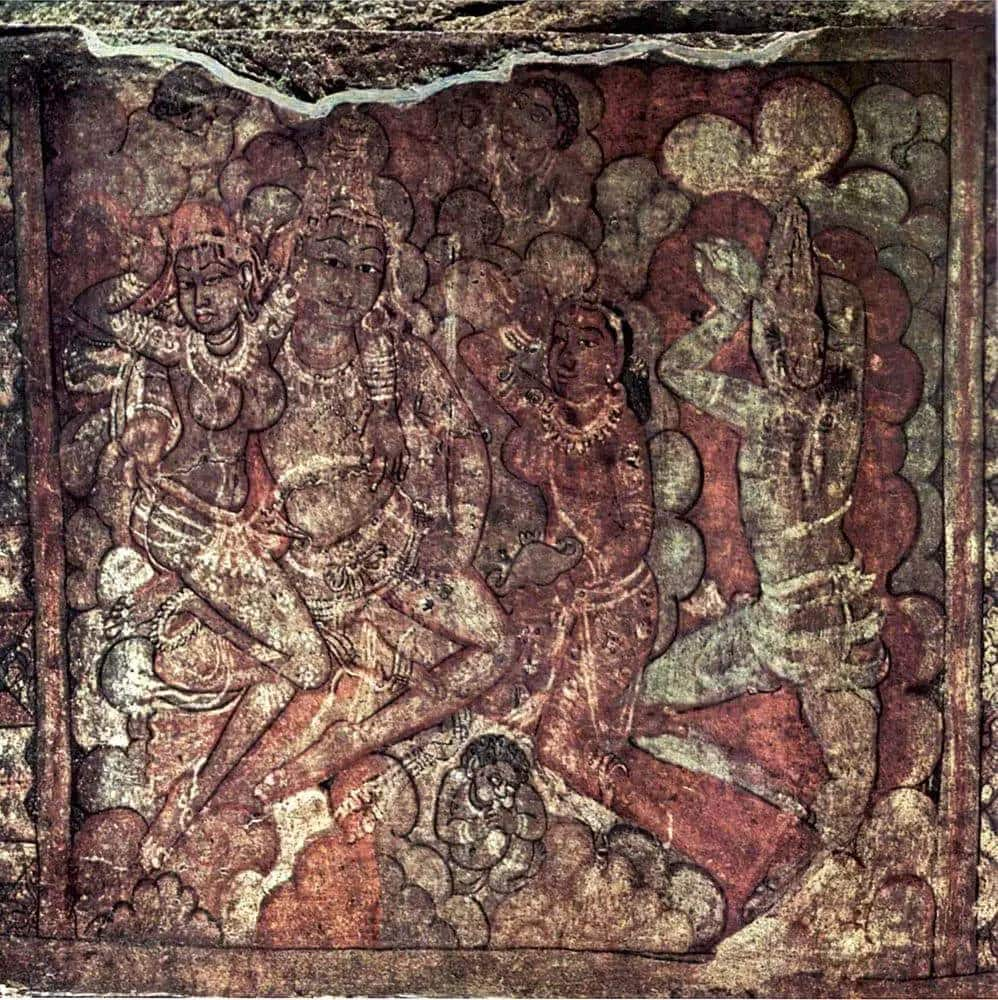
2. Indian Bengal School of Art
At the beginning of the 20th century, the Bengal School of Painting was born out of contrast to Western academic painting styles. The famous painter Abanindranath Tagore was heading this movement to bring back Indian creative traditions and focus on the Indian themes and methodologies for making natural pigments and mythological subjects. The movement played an important role in India’s campaign to create a sense of National identity.
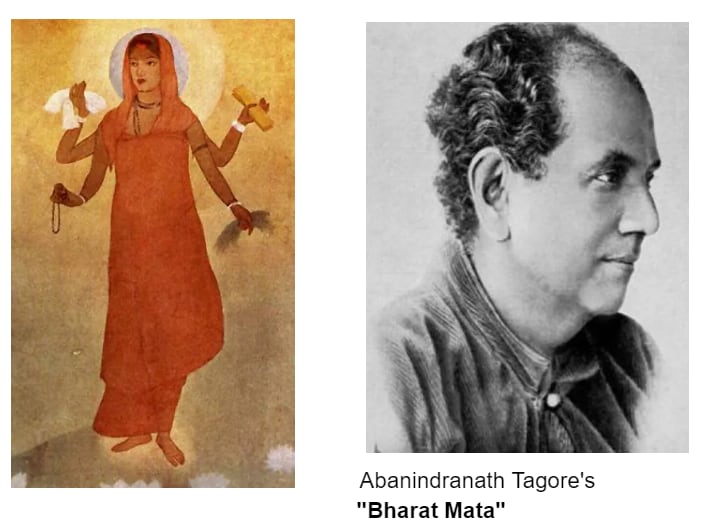
3. The Baroda Group
The Baroda Group was founded in the 1950s at the Baroda famous Maharaja Sayajirao University, close to Indian traditions and reality and socially attached to Indian societies. By adopting modernist techniques, renowned artists such as Bhupen Khakhar and K.G. Subramanyan depicted contemporary subjects and helped to overcome the gap between Global modernism and Traditional Indian Art Styles.

4. Indian Madhubani Art
Mithila celebrates the traditional art of Madhubani, which originated in Bihar. It differentiates itself by its intricate patterns and vivid use of colours. Its distinguishing style depicts a sense of cultural legacy and nature, imbibed in mythology from the stories of everyday life. It is practised by women on the walls and floors during the festivals.
5. Indian Tanjore Painting
Tanjore paintings originated from the southern part of India i.e. Tamil Nadu and are known for their vibrant colours, rich surface creation, and compact composition styles. This is the celebrated South Indian Art Form, which typically utilised motifs inspired by Hindu gods and goddesses, blending the devotion in the art form to represent the cultural and religious heritage by using materials like gold foils to create a perception of 3-dimension.
6. Indian Progressive Artists' Group
The Progressive Artists' Group in Bombay started in 1947. They showed what made India after gaining independence. Artists like F.N. Souza and M.F. Husain used modern techniques. They mixed local themes with styles from around the world. Thanks to their efforts, due to them contemporary Indian art started flourishing.
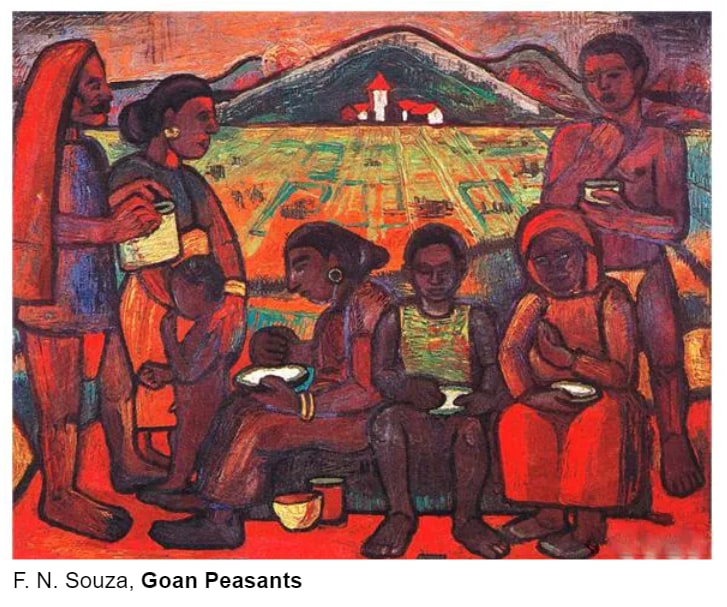
You May also Check:
Important Western Art Movements
1. Greek Art Movement
Greeks’ art bloomed between the 8th and 1st century B.C. Paid much attention to beauty, balance, & natural looks; It had a great impact on the western art. Due to this civilizing process and vast context, this movement embraced human body and mythology in sculptures, pottery and buildings.
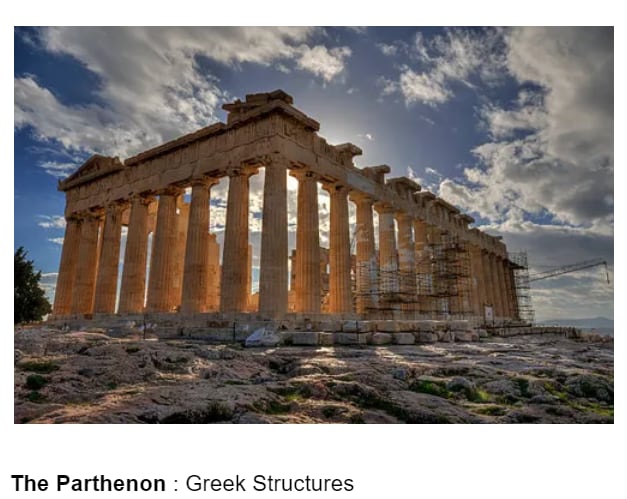
2. Roman Art Movement
From about the 1st century BCE to the 4th century CE, Roman art showed realism and usefulness. The mighty Roman Empire used sculptures, mosaics, & large buildings to show off its power. They borrowed many ideas from Greek art too.
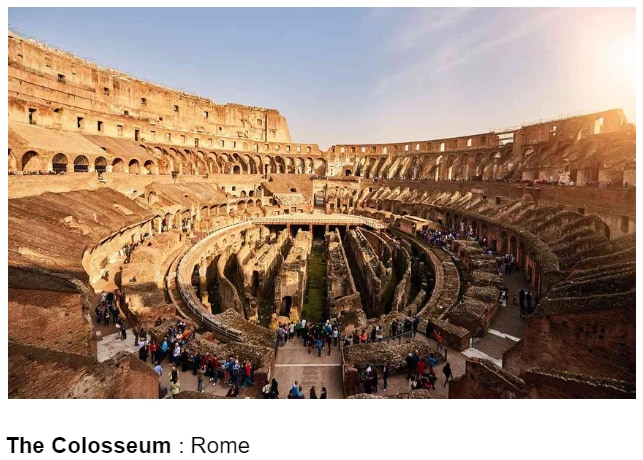
3. Egyptian Art Movement
Egyptian art existed for more than three thousand years! It was characterized by rather singular & symbolic elements. It was preoccupied with afterlife a lot of the time. Great pyramid and elaborated paintings of tombs were characteristic features of this epoch. Statues underlined such notions as order, stability, deities, etc. The Great Sphinx of Giza is a perfect example of this movement, which reconstructs the past with few of the original features of Egyptian sculpture.
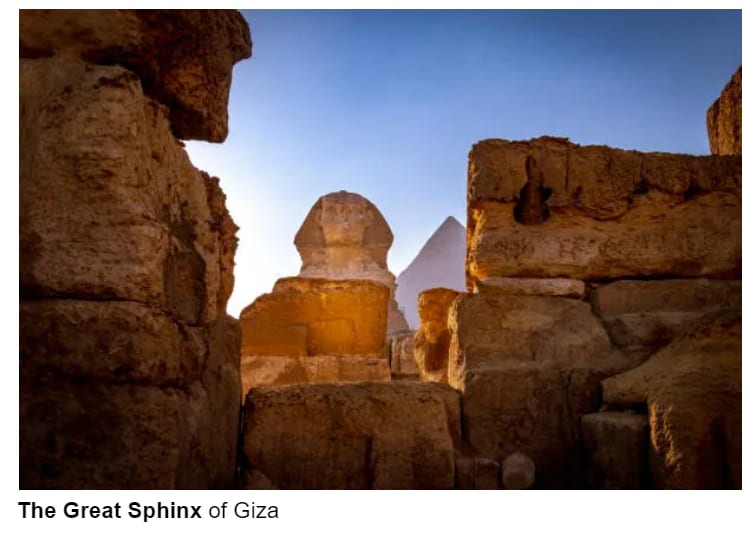
4. Gothic Architecture
Gothic architecture popped up in the 12th century. It’s easily recognized by tall arches, flying buttresses, & ribbed vaults. The goal was to create awe and bring people closer to God through light & height—just look at those beautiful cathedrals with their colorful stained glass!
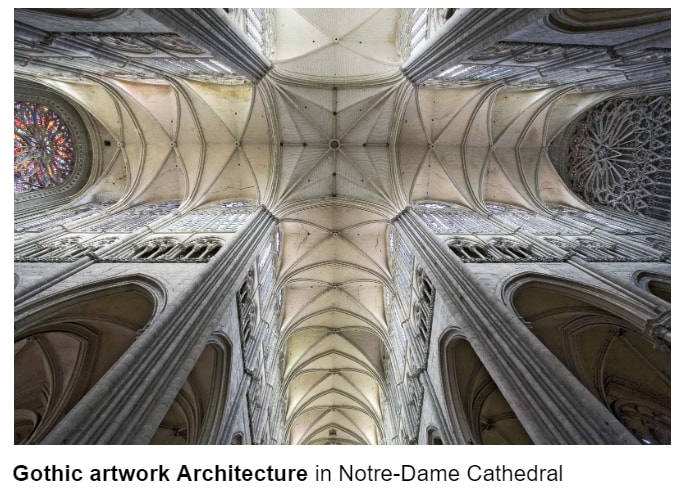
5. Italian Renaissance Art
The Italian Renaissance happened between the 14th and 17th centuries. This period brought back humanistic ideas and techniques from classical times. Artists created fantastic works in painting, sculpture, & building that celebrated human skills & our world.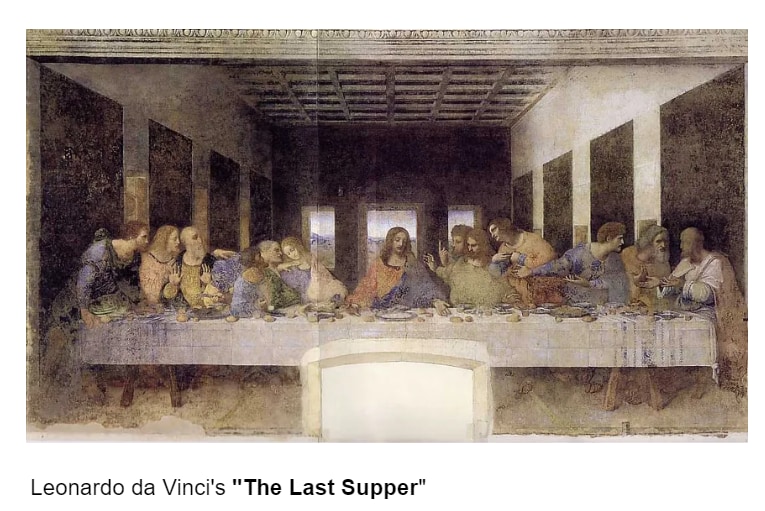
6. 18th Century Art
In the 18th century, Neoclassicism emerged, focusing on ancient architecture's grand yet simple styles. Rococo also became popular during this time with intricate decorations and playful designs! These movements reflected both reason and escapism that were present in society.
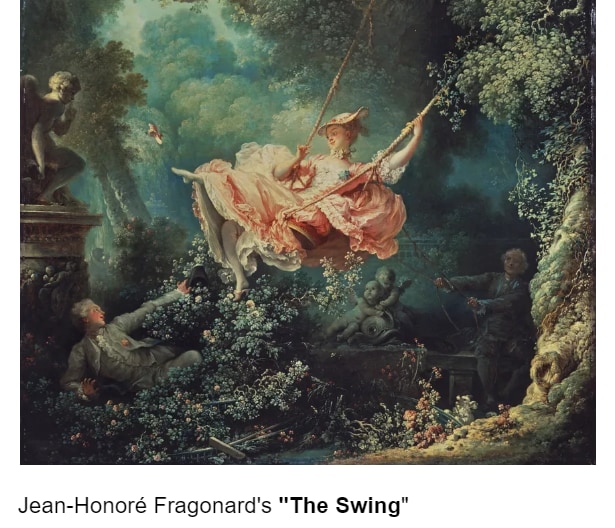
7. Cubism
Cubism began in the early 20th century! This new style changed visual art completely by showing objects from multiple perspectives—at once! It broke away from traditional views by highlighting geometric shapes & abstract designs.
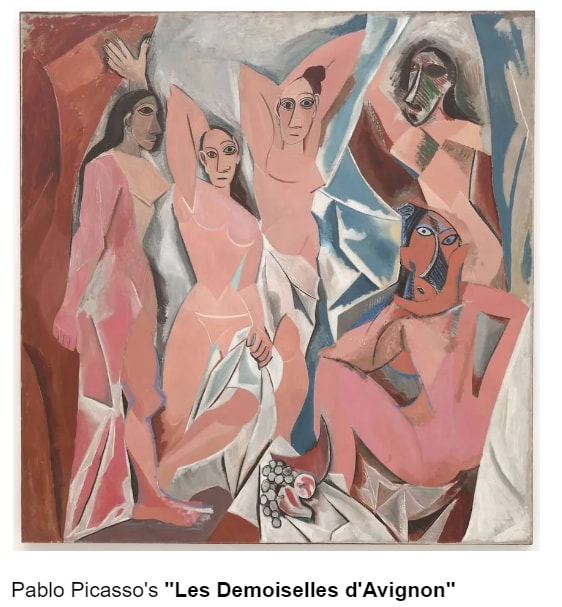
8. Abstract Expressionism
In the period of the 40s and the 50s Abstract Expressionism dominated the American art scene. This movement made artists paint feelings in creation—usually, raw and free; some artists used bright colors and vigorous compositions to depict the spirit and novelty.
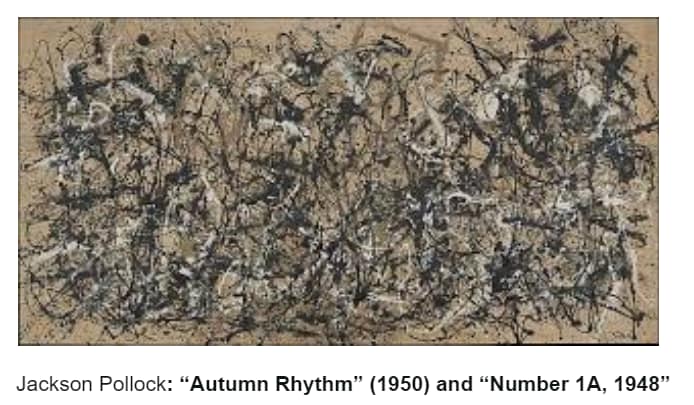
9. Surrealism in Art
Surrealism started in the early 20s and deals with the creative aspect of our subconscious minds! Some artists painted dreamlike objects which blur the actual reality by juxtaposing unrelated things. The style in question has affected visual artistry, literature and film in the international arena.
10. Neoclassicism
Neoclassical style emerged when Italy uncovered the city of Pompeii in the eighteenth century. This referred to art revival that was centered on paintings and sculptures pertaining to the Greek and Roman mythology which replicated temple designs, thus reintroducing classicism.
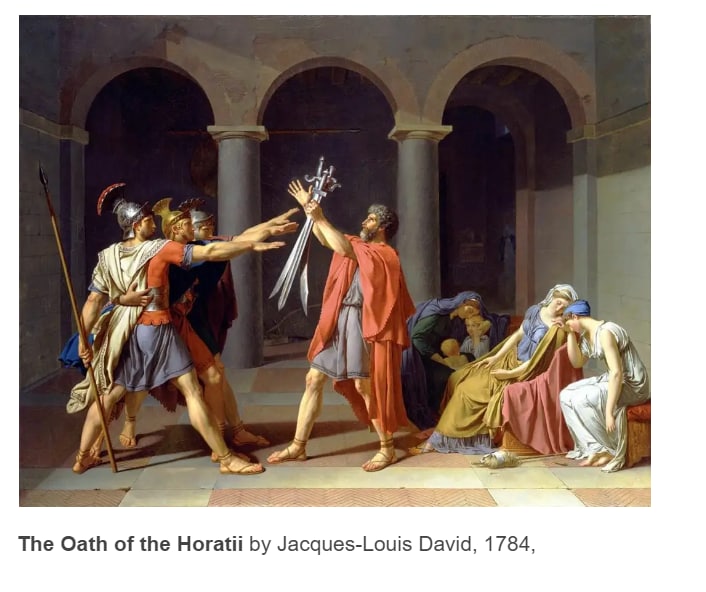
11. Minimalism
Minimalism emerged in the 1960s as a movement that stripped art down to its most fundamental features: form, color, and space. Characterized by clean lines, simple geometric shapes, and industrial materials, Minimalist works often challenge the viewer’s assumptions about what constitutes “art.” Artists like Donald Judd, Robert Morris, and Agnes Martin eschewed symbolism or personal expression in favor of an impersonal, literal presence.
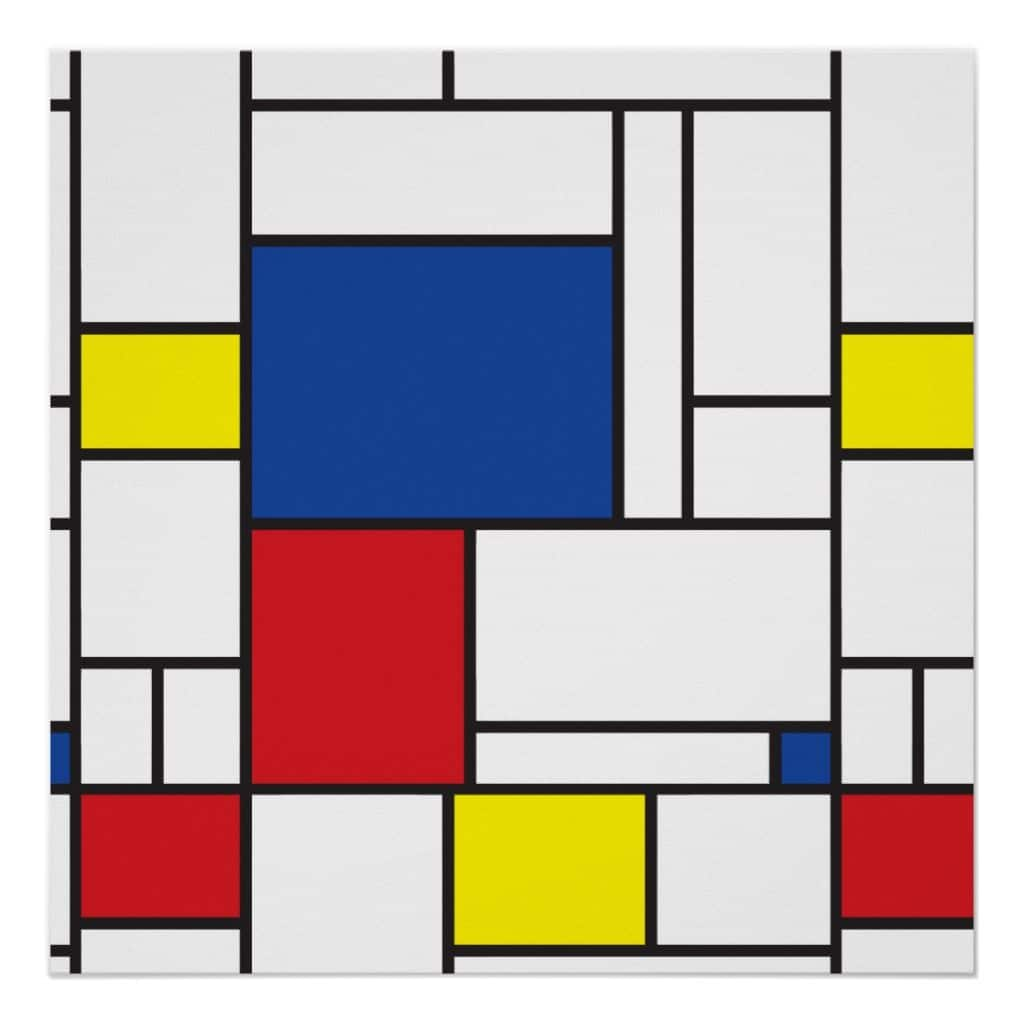
Art Movements in India vs Western Art Movements
By contrast, Western art has frequently prioritized realism, space, and light, resulting in varied approaches from the balanced compositions of the Renaissance to the fragmented planes of Cubism. Surrealists, in particular, invited viewers into dreamlike worlds where logic dissolves, and the unconscious speaks through distorted forms and unexpected juxtapositions.
Techniques and Materials:
- Indian Art Movements: Techniques in Indian art are often passed through generations of artisans, where the precision of miniature painters and the rhythmic brush of kalamkari artisans converge. Materials such as hand-ground pigments, lacquered wood, and fabric are chosen not only for visual qualities but for their ritual significance, with pigments sometimes made from crushed gems and metals.
- Western Art Movements: In the West, the evolution of materials has accompanied shifts in conception. The invention of the oil medium allowed for subtle gradations of tone, while the introduction of synthetic pigments in the 19th century expanded palettes. Steel and plexiglass later defined the clean lines of modern sculpture, and digitally produced prints have been embraced as legitimate art forms.
Audience and Space:
- Indian Art Movements: Indian artworks are frequently conceived for specific devotional, civic, or domestic settings. Temple sculptures, with their multi-tiered narratives, engage viewers as part of a moving ritual, while large-scale Mughal miniatures were intended for private reflection and intimate viewing, inviting the gaze to linger.
- Western Art Movements: Western art, especially from the 19th century onwards, has increasingly defined the gallery or museum as its primary space, turning the act of viewing into a secular ritual. Movement such as Land Art, however, has returned works to landscapes, dissolving the gallery’s borders and suggesting the earth itself as the canvas and exhibit.
Influence on Modern Design
Art movements don’t only shape galleries and museums; they seep into everyday design, quietly advising how we experience brands, products, and spaces. Today’s interior design, animation, fashion, and branding fields regularly sample the language of earlier movements, sometimes blending them into new dialects of visual communication.
Branding:
Minimalism, which first crystallised in the 1960s, quietly remains branding’s quiet powerhouse. A global company like Apple leans on eloquent restraint, reducing its logo to a single, polished bite of fruit; even the swoosh of Nike rides a current of lightweight geometry and spare type. Each brand trims away literal clutter to spotlight a crystalline idea, echoing the original minimalist creed that art should turn away from excess and gesture toward pure purpose.
Animation:
Surrealism insists on its relevance, particularly in animation. Films like “Alice in Wonderland” and “The Triplets of Belleville” slide the audience into disjointed spaces where the clock ticks differently and the everyday, like teeth, can slide into song. Fluid transitions between dream and reality travel the same corridors that early surrealists opened, and the play of warped perspective, levitating people, and sudden juxtapositions has settled into the standard toolkit of 2D and 3D studios alike.
Interior Design:
The Bauhaus legacy still pulses between walls. Its creed that form serves function, that a chair can also be a sculpture, and that canvas and chair can speak the same dialect still shapes how we configure a room. Today’s minimalist lofts, warmed by single-toned acoustic panels, can trace their DNA to those early workshops where a master craftsman and a painter bent plywood and paint side by side.
Conclusion
For the aspirants who are willing to perform well in the DAT exams, it is important to understand that the awareness of these art movements assist one to put into a critical thinking process on how the artistic skills developed through the social cultures. It enables the student to understand more about the power stories of Art movements & styles that revolutionized the whole concept of contemporary art and its forms. It is also important for students to understand the timeline of art movements.
Frequently Asked Questions (FAQs)
Art movements like Minimalism, Cubism, and Surrealism have a lasting impact on modern design fields like branding, animation, interior design, and fashion. These movements inspire contemporary designers to create clean, innovative, and visually compelling works that resonate with today's audience.
Students such as you should know different styles of art + their origins! You move back as well to Indian and western types of traditional knowledge to understand important artistic concepts – very helpful in your exam.
Art movements are an essential part of the general awareness section in design entrance exams like NID-DAT. Understanding the historical context, key artists, and significant movements helps candidates develop a deeper appreciation of design history, which can be useful for both theoretical and practical aspects of the exam.